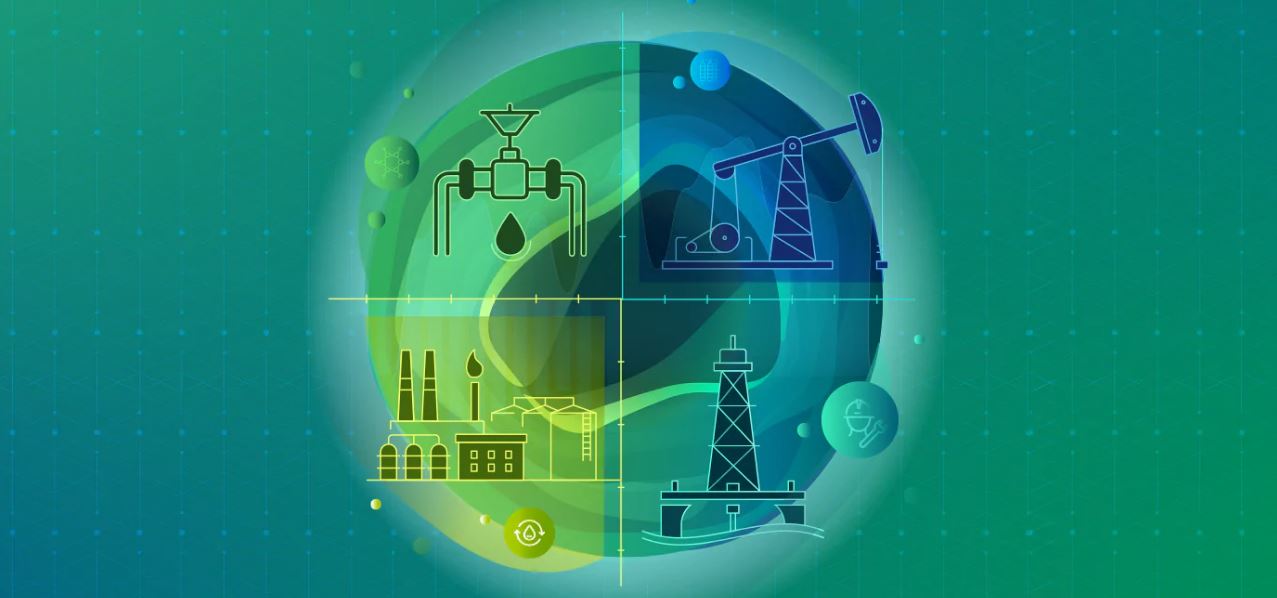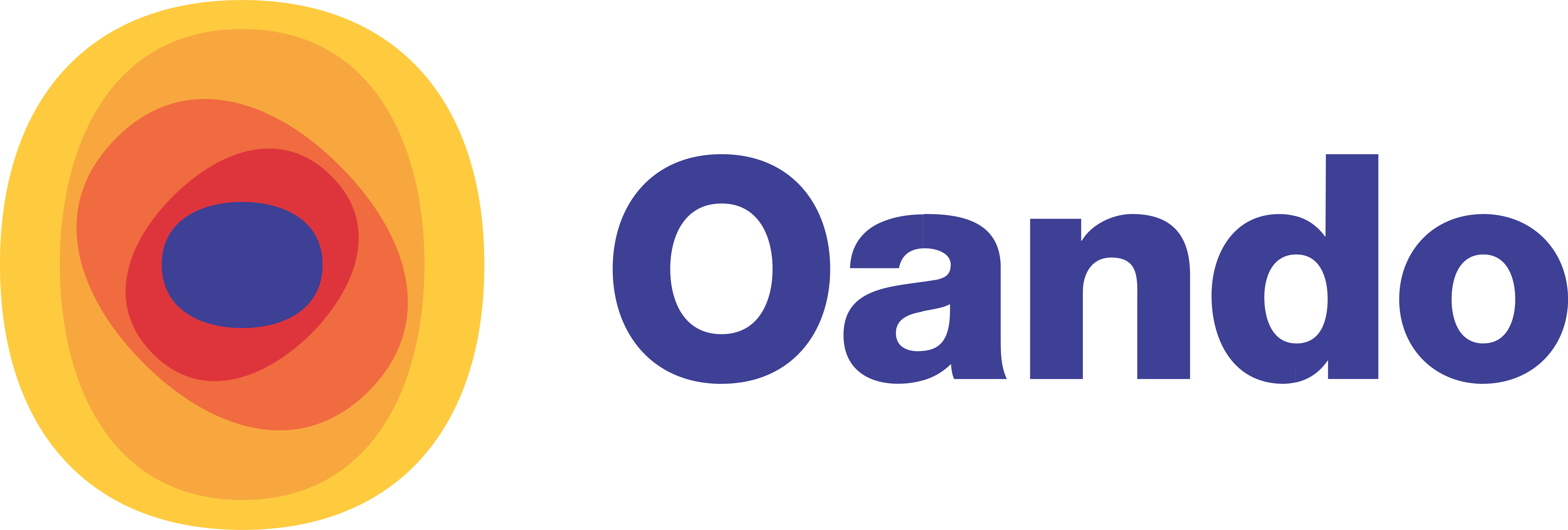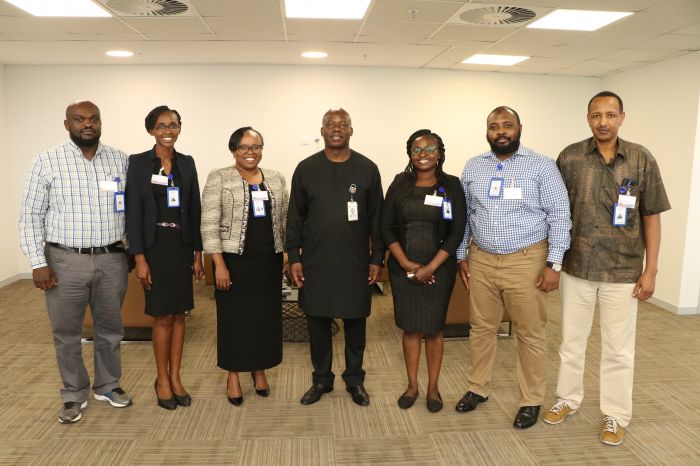
Surviving the Oil Downturn through Innovative Financing & Cost Management
Adeola Ogunsemi
Chief Financial Officer, Oando Energy Resources
Introduction
“Innovate or die” has become a rallying cry for companies all around the world, regardless of size or industry. Whether it be through the development of new products, new processes or entirely new ways of doing business, companies must consistently innovate to survive in today’s business climate. This was most evident in 2014 following the oil glut which sent economic and political shocks around the world. The hardest hit were countries whose economies depended heavily on oil for a significant percentage of their foreign exchange earnings such as Venezuela, Angola, Azerbaijan and Nigeria amongst others.
This period saw market conditions become counterproductive and damaging to both producers and consumers, threatening the economies of producing nations, hindering critical industry investments, jeopardizing energy security, and challenging oil market stability as a whole. The speed and ferocity with which the unexpected oil glut impacted economies and industries showed that a reliance on past approaches would not be a viable solution.
Amidst what was indeed a dire situation were some winners. Starting with the trio of Saudi Arabia, Kuwait and the United Arab Emirates who had numerous fiscal buffers including the Sovereign Wealth Fund (SWF) accounts, hence the oil crisis had a limited impact on their respective economies. Until fairly recently, Mexico relied on oil for about a third of its income, leaving it dangerously exposed to boom-and-bust price cycles. However, the 2014 free fall in oil pricing didn’t lead to an exponential loss as a result of the country’s adoption of a hedging mechanism beforehand of US$76.40 per barrel. Consequently, the country made a profit of US$2.4 billion between 2001 and 2017. The Mexican Government has indicated that the main purpose of the hedging was not to pad the country’s coffers but rather to protect the federal budget from fluctuations in oil prices.
Financing & Cost Management Initiatives
The concept of hedging is not new and neither is it peculiar to business; in its simplest form it is asset protection in the event of a negative event to reduce the ramifications of the negative event. In the world of commodities, hedging has become a crucial tool to protect against the cyclical nature of commodities pricing. In the oil and gas sector, most companies hedge on average around 30% of their oil production, so they have enough production to sell at full-market price and book gains when oil prices are rallying. According to Wood Mackenzie between 2015 and 2017, companies generated US$23 billion in gains from hedging.
Like Mexico, at Oando we have also adopted a proactive approach to our business operations due to the unpredictable business environment and nature of the sector. With the lower for longer reality our biggest challenge was how to ensure a viable future for the Company following our US$1.6 billion acquisition of ConocoPhillips Nigeria. The acquisition was made at a time when oil prices were at their peak, however, we had hedged our crude oil prices at US$95 per barrel cushioning the effect of the fall in oil prices that began almost immediately after the acquisition. In 2015, we further realized US$238 million by resetting our crude oil hedge floor price to US$65 per barrel which was used to prepay certain loan facilities. The ability to lock in or establish a minimum price in advance that we would receive in the marketplace for a portion of our expected oil and gas production gave us the advantage of predictable revenues in a future period and some measure of financial certainty.
The hedge adoption effectively ensured we received income approximately pegged to a pre-agreed price and enabled us conveniently service our debt obligations, which were denominated in USD, regardless of oil prices and without foreign exchange exposure. This risk management strategy was crucial in getting us through the worst of the oil price crisis.
In the same year, 2015, we had to take a write-down in our Upstream Services Company and in some of our Upstream Offshore exploration assets. This write-down led to a significant loss for the Company in that year. We immediately set in motion, strategic initiatives geared towards returning the Company to profitability by year-end 2016 via growth through increased focus on our dollar denominated Upstream Onshore and Trading businesses whilst deleveraging our Downstream and Midstream Naira earning businesses.
In 2016, through open dialogue with our lenders we agreed to a medium term restructuring loan facility of N94.6 billion (US$311 million) with ten leading financial institutions in Nigeria. The financing, a 5 year Medium Term Note (MTN) at Nibor + 200 bps was a crucial part of our strategic restructuring plans. This endeavor reinforced the need for continuous and open dialogue with lenders. Lenders are not as hostile to the option of renegotiating on loan repayment terms as you might expect. The survival of the business is as important to them as recovering their loans – a thriving business is one ripe for more loans.
Initiating strategic partnerships is also key to expansion financing in a ‘lower for longer’ environment. At a time when investor confidence was low in the country, we successfully established strategic partnership in our Downstream business via a US$210 million recapitalization of the business, with a consortium of Helios Investment Partners (“Helios”), a premier Africa-focused private investment firm and the Vitol Group (“Vitol”), the world’s largest independent trader of energy commodities. The partnership will leverage our sector dominance, considerable local knowledge and expertise to create one of Africa’s largest Downstream operations.
In the same vein, in December 2016 we completed the US$115.8 million partial divestment of our Gas & Power business to Helios Investment Partners, underlying Oando’s status as the indigenous partner of choice for international firms in our industry. This partnership will leverage our Midstream local knowledge and expertise, alongside Helios’s global network and financial capabilities to optimise existing operations and expand our footprint.
There was much speculation around the sale of these businesses; for us it was a strategic decision that went beyond raising cash to pay down our debts. We saw a much bigger picture – one in which through strategic partnerships we could evolve these indigenous assets to dominant African players. For every sector that we have operated in, our goal has never been to merely be one of many players; it has always been to be a pioneer, a premier African player. The oil glut created an opportunity for us to seek partners who had the same vision as ourselves and could support us in actualising this vision as a result of their financial backbone.
We went on to sell off some of our non-core assets; specifically in 2017, we completed the sale of our interests in Offshore OMLs 125 and 134, transferring US$84.5 million in cash call liabilities in the process. This liability off our books was significant in further reducing our cash burdens. It is crucial to note that as the operating environment toughens the pot of available capital within the industry will continue to decline thus the implementation of proactive measures to reduce our debt profile and increase our revenue line was an imperative in the near term.
We further looked internally at other ways to generate cash by managing our cost base more efficiently. In times like this, cost control and cost reduction must be a prime focus of management. In addition there must be an increased focus on enhancing operational performance; targeted rather than across-the-board cuts; extracting better value; reducing unnecessary complexity and assessing if your business model needs to change. Sustainable cost reduction involves moving from your current cost base to a lower cost model. At Oando, following a reconciliation exercise carried out with our partners in 2017, we were able to substantially cut down on our production expenses from US$12.66boe to US$11.46/boe. The reconciliation exercise challenged us to proactively review our operational costs not just during a downturn but also when oil prices are on an upward trajectory. Like hedging, such proactive steps ensure that when a negative event occurs the impact is minimal.
Optimise your Resources
The saying ‘cash is king’ has never been more valid as in the past couple of years. Companies have gone bankrupt due to a lack of control over their cash flows and between 2014 and 2016, the oil bust wiped out over US$1 trillion in equity globally. If there was one lesson that we took and will pass on to others it’s that today’s businesses should be focused on minimising investment in working capital. This will limit reliance on lenders, contain financing costs, and reduce the risk of loss through bad debts. The ‘lower for longer’ reality indicated the need for companies to focus on using their cash more effectively to ensure it is in the right place at the right time.
Conclusion
The 2014 downturn was the worst experienced in the sector and it saw the collapse of many businesses, including companies previously considered robust. It happened soon after our acquisition of ConocoPhillips Nigeria and many speculated the Company would go under; they were right to have thought that given the reality at the time. However, through strategic planning, proactive measures and dialogue we were able to turn the business around and remain a viable sector player.
The Organization of Petroleum Exporting Countries’ (OPEC) agreement to cut oil production is not unconnected to our recovery. The agreement which has been extended till the end of 2018 prompted the recovery of oil prices globally. We have witnessed a gradual incline in oil prices to as high as US$77, a four year high since November 2014. As a result of Nigeria’s exemption from the production cut the country exited a 13-month long recession.
The improved business environment has enabled us deliver on our promise to return the Company to profitability, recording our fifth profit in a row in the first quarter of 2018. We remain confident that through a sagacious approach, strategic planning, partnerships and our dedication to the development of Africa’s oil and gas industry, we will continue to look for innovative ways to create value for all our stakeholders whilst remaining a relevant player both locally and internationally.
Visit Homepage of the Official Website.

